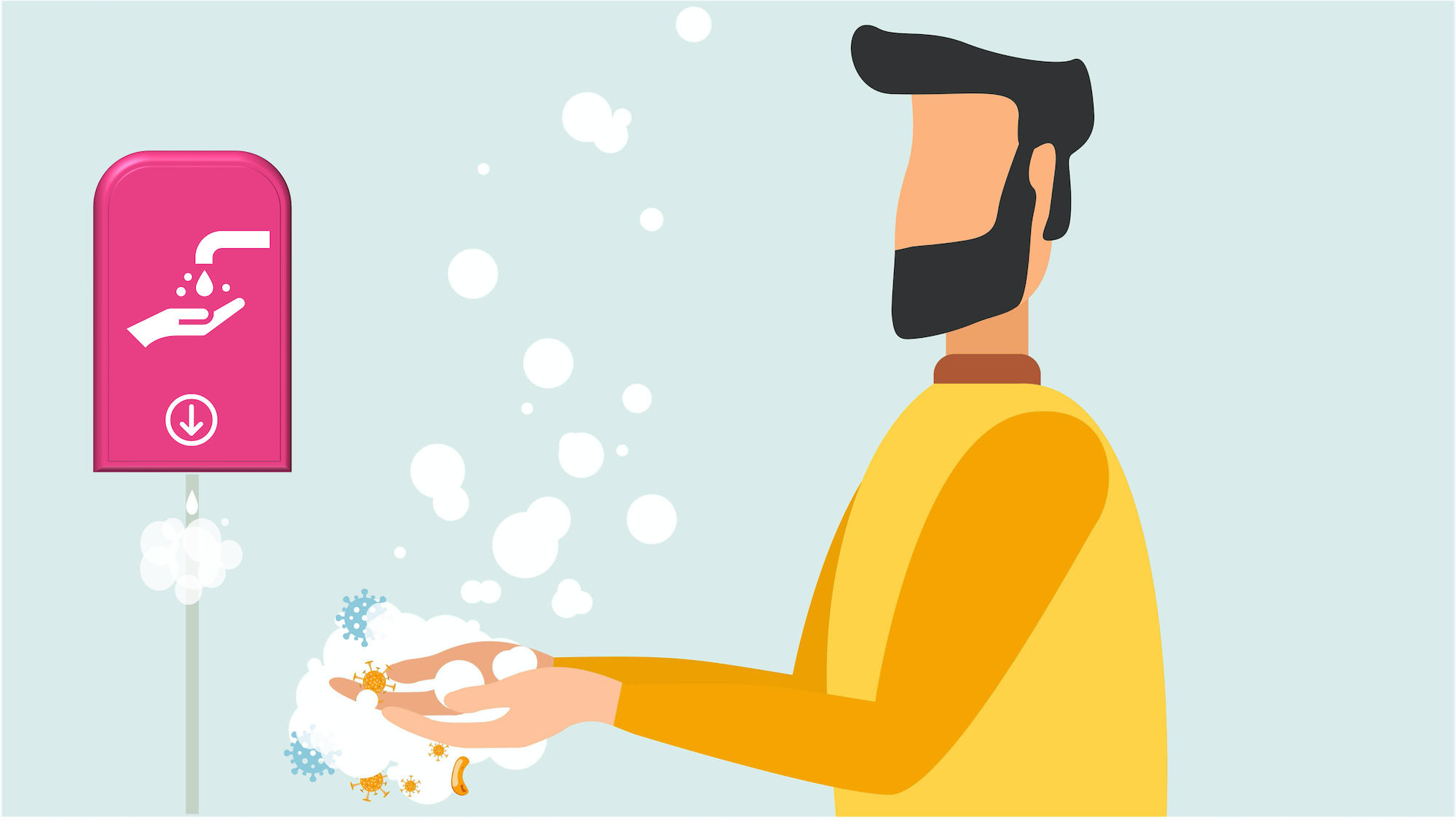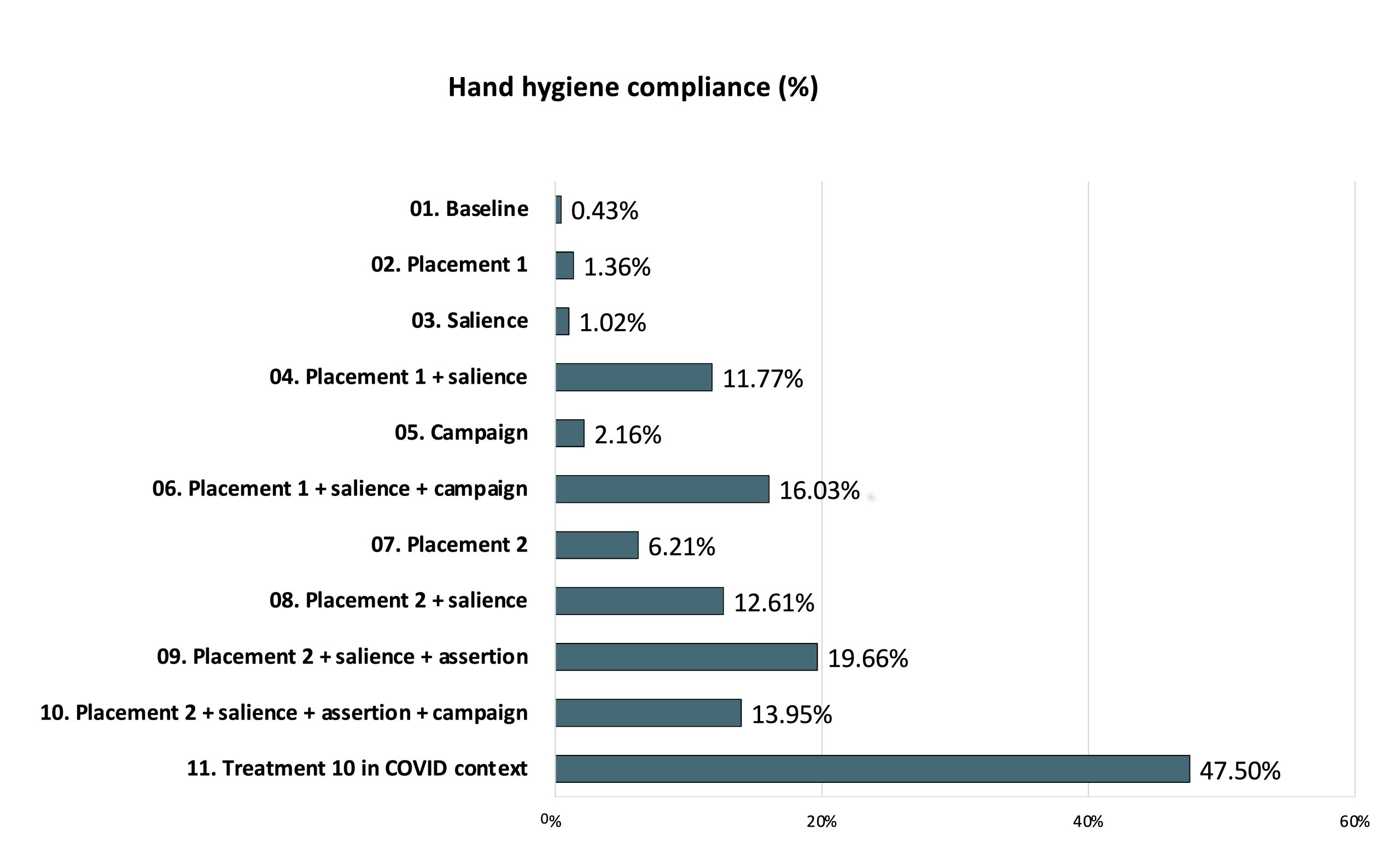
With the onset of the COVID-19 pandemic in late 2019, early 2020, much of the world’s behaviour seemed to change overnight. Social distancing guidelines were published, quarantines advised, and mask mandates implemented as the public adjusted to the new reality of life with a novel, deadly virus.
One aspect of COVID-19 prevention, however, was not something foreign to the general populace. Basic hand hygiene is preached from a young age as a means of illness prevention, and health organisations made sure to emphasise that the simple act of washing one’s hands or using an alcohol-based sanitiser may help curb the spread disease in this new context too. Yet for how important hand cleansing is in keeping individuals and the community safe, compliance can be difficult to achieve, and even harder to measure.
The Danger of Hospital Visitors
Concern over hand hygiene compliance is unfortunately not limited to our current pandemic. Medical settings, hospitals in particular, have long grappled with the need for staff, patients, and visitors alike to maintain clean hands, as this is essential in reducing incidence of what are known as hospital care-associated infections (HCAIs) [1],[2].
HCAIs are infections contracted during the course of a patient’s stay and causes many deaths each year [3]. With people’s health on the line (even before the onset of COVID-19), iNudgeyou wanted to ascertain if there were nudges, we could implement to help achieve hand hygiene compliance in a hospital setting.
Accordingly, we developed a study to mix and match a few variables surrounding the presentation of a hand sanitising unit at a hospital in Denmark. The end goal was to gather sufficient data to determine what combinations of nudges would be most effective in increasing compliance among arriving visitors (i.e. what changes in presentation actually result in guests stopping to sanitise their hands).
>> Open Access: Our field experiment has been published in The Journal of Hospital Infection.
How to Nudge Hospital Visitors
Phase I of our field experiment began on April 2, 2019 and lasted for 46 days. Visitors entering the hospital were observed by unidentified researchers who were seated in the foyer. Whether the subject sanitised or not was recorded along with notes on time of day and the person’s gender.
Initially, no sanitation nudges were implemented to establish a baseline condition, then a series of nudge combinations were introduced throughout the observation period.
Redirecting human behaviour can be tricky. It is important to understand, however, that the aforementioned nudges are not attempts to force people into compliance with something disagreeable to their beliefs.
At iNudgeyou, our aim the last 10 years has been to generate high quality behavioural data, examining modes of increasing compliance to those behaviours which people agree are in their own best interest but perhaps are not always executed without a gentle push.
The 4 Nudges
Such is the case with use of hand sanitizer around vulnerable hospital populations. In general, people would agree that a quick hand cleansing is worth keeping a loved one safe from illness.
In practice, it is easy to skip or forget. In our study, we sought to make hand sanitizing difficult to overlook but keep the nudges themselves easy to implement. This resulted in 4 nudge variables to analyse:
1. Location of hand sanitiser station: right after entrance to hospital foyer vs. right before entrance to hospital foyer
2. Pink sign labeled “sanitiser”: present vs. absent.
3. Pink banner/sticker advertising hand hygiene campaign: present vs. absent.
4. Pink duct tape line on floor by sanitiser: present vs. absent.
These 4 variables were then sorted into standalone or combination nudge scenarios for direct observation of their effect. While not all permutations and combinations were tested, 10 scenarios were developed.
Unfold the 10 scenarios:
- Sanitizer by reception, no nudges (Baseline)
- Sanitizer right after entrance to hospital foyer (Placement 1)
- Pink labelling sign (Salience)
- Sanitizer right after entrance to hospital foyer + Pink labeling sign (Placement 1, Salience)
- Pink banner/sticker advertising hand hygiene campaign (Campaign)
- Sanitizer right after entrance to hospital foyer + Pink labeling sign + Pink banner/sticker advertising hand hygiene campaign (Placement 1, Salience, Campaign)
- Sanitizer right before entrance to hospital foyer (Placement 2)
- Sanitizer right before entrance to hospital foyer + Pink labeling sign (Placement 2, Salience)
- Sanitizer right before entrance to hospital foyer + Pink labeling sign + Pink duct tape line on floor by sanitizer (Placement 2, Salience, Assertion)
- Sanitizer right before entrance to hospital foyer + Pink labeling sign + Pink duct tape line on floor by sanitizer + Pink banner/sticker advertising hand hygiene campaign (Placement 2, Salience, Assertion, Campaign)
Simple Changes Safe Lives
After observation of Phase I was complete, we had recorded a total of 41,702 adult hospital visitors and their behaviour upon entry. There have been several other studies analysing hand sanitation compliance in this manner, however none have looked at as large a sample set as this, nor taken into account the interaction of several variables at once. Analysis of the data revealed some intriguing insights.
For one, it was clear that implementation of any nudge increased compliance above the baseline, which was measured at only 0.43%. The most effective combination of nudges turned out to be scenario 9, with the sanitiser placed before the entrance to the foyer, visibly prominent with pink signage and a duct tape line on the floor to further encourage people to pause. Compliance in this case rose to 19.66%.
A graphic summarizing all compliance for conditions throughout the study is shown below. The full text scientific article published about this study is available for further review here [4].

Since we had also captured data on each subject’s gender and when during the day they were visiting, compliance could also be measured along these lines. It turns out that women were more likely to be nudged into compliance as compared to men. It’s anyone’s guess as to why that might be the case, however we speculated there could be an increased cultural sensitivity to the colour pink, particularly in the context of female breast cancer campaigning. Time of day on the other hand produced no statistically significant effect.
COVID-19 – A Change of Scenery
When COVID-19 became a risk factor, we decided to expand our compliance study and review some of the most successful nudge conditions a year into COVID, implementing Phase II of testing over the course of 4 days. Unsurprisingly, data indicated compliance had skyrocketed. Scenario 10 which had achieved only 13.95% compliance prior to COVID-19 shot up to 47.6%.
Research like this is encouraging to see!
The nudges in this study are easy to implement, and data on efficacy equally easy to collect. iNudgeyou is always looking for new opportunities to partner with organizations for projects such as this one. If you’re interested in working with us, we’d love to hear from you!
Reach out to our team at caroline@inudgeyou.com – together we can create a happier, healthier society, one nudge at a time.
References:
[1] World Health Organization (2011) Report on the Burden of
Endemic Health Care-Associated Infection Worldwide – A systematic review of the literature ISBN 978 92 4 150150 7 https://apps.who.int/iris/bitstream/handle/10665/80135/9789241501507_eng.pdf
[2] M. Boyce, D. Pittet (2002) Guideline for hand hygiene in health-care settings: recommendations of the Healthcare Infection Control Practices Advisory Committee and the HICPAC/SHEA/APIC/IDSA Hand Hygiene Task Force. American Journal of Infection Control, pp. 1-46 https://pubmed.ncbi.nlm.nih.gov/12418624/
[3] Pittet, D., Allegranzi, B., & Boyce, J. (2009). The World Health Organization Guidelines on Hand Hygiene in Health Care and Their Consensus Recommendations. Infection Control & Hospital Epidemiology 10.1086/600379
[4] Hansen, P.G., Larsen, E., Modin, A., Gundersen, C., Schilling, M. (2021) Nudging hand hygiene compliance: a large-scale field experiment on hospital visitors, Journal of Hospital Infection, 2021, ISSN 0195-6701, https://doi.org/10.1016/j.jhin.2021.09.009

